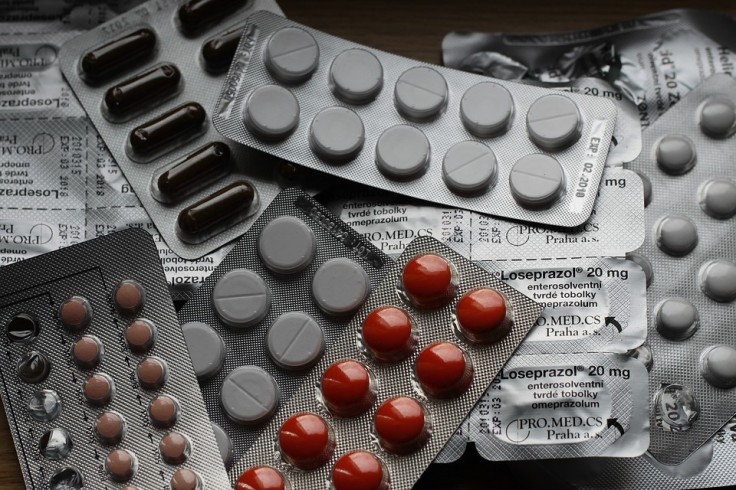
Discount cards for brand-name drugs provided to patients increased private insurer costs by 46% and varied in their impact on out-of-pocket payments by patients, found new research in CMAJ (Canadian Medical Association Journal).
"For private insurance plans, these cards were universally bad," says Dr. Michael Law, a Canada Research Chair at the School of Population and Public Health, University of British Columbia, Vancouver, BC. "Of the 89 different cards we studied, each and every one of them led to private insurance plans paying more."
Brand pharmaceutical companies have introduced patient discount cards in recent years to maintain market share as many generic versions have become available because of patent expiry. These cards provide patients with a discount on brand-name pharmaceuticals with generic equivalents to entice patients to purchase the brand-name drug.
Researchers analyzed data from 2.8 million prescriptions for 89 different medications for which brand discount cards were used. They then compared the costs of these prescriptions to matched generic equivalents.
Brand discount cards had little impact on public insurance plans, but in the case of private plans, the cost was always more for all 89 drugs. For the top 15 most popular drugs, private insurers paid between $2.90 and $46.91 more per brand drug prescription compared with generics.
"Only about half of private drug plans in Canada have rules whereby they will pay only the amount of the equivalent generic when one is available," write the authors. "Our study provides empiric evidence that drug discount cards represent a way for pharmaceutical companies to leverage this discrepancy while making patients' copayments nearly equivalent, so as not to deter them from filling their prescriptions with branded medicines."
"Given that our analysis showed large increases for private plans, employers might consider adopting more stringent generic substitution policies to ensure value for money in drug spending," write the authors.
The impact on out-of-pocket payments by patients varied a great deal in the study. While those with private insurance and no insurance saved $0.12 and $3.49 per prescription, respectively, those using public drug plans paid $1.86 more. These amounts varied substantially, however, from a savings of $13.44 to an increase of $11.71 for the most popular cards.
"Buyer beware," says Dr. Law. "People may think they will pay less, but they often end up paying more. It's a mixed bag in terms of benefits for patients."
The authors conclude that "regardless of whether they hold insurance, individuals should check relative prices at their pharmacy between the brand with a discount card and the equivalent generic, given the possibility that they may be worse off financially if they use a card."
In a linked commentary, Dr. Marc-André Gagnon, School of Public Policy and Administration, Carleton University, Ottawa, Ontario, writes, "(co-pay cards) may influence health care professionals to promote the message that brand-name products are better (by complying with patients' requests to specify 'no substitution' on prescriptions). They likely also waste resources, increase costs for patients (by increasing their insurance premiums) and may even incentivize patients to push for brand-name drugs through a mechanism that many might consider to border on institutionalized bribery."
These cards also potentially allow the transfer of patients' confidential clinical information to drug companies, which has raised serious concerns.
© 2025 University Herald, All rights reserved. Do not reproduce without permission.








